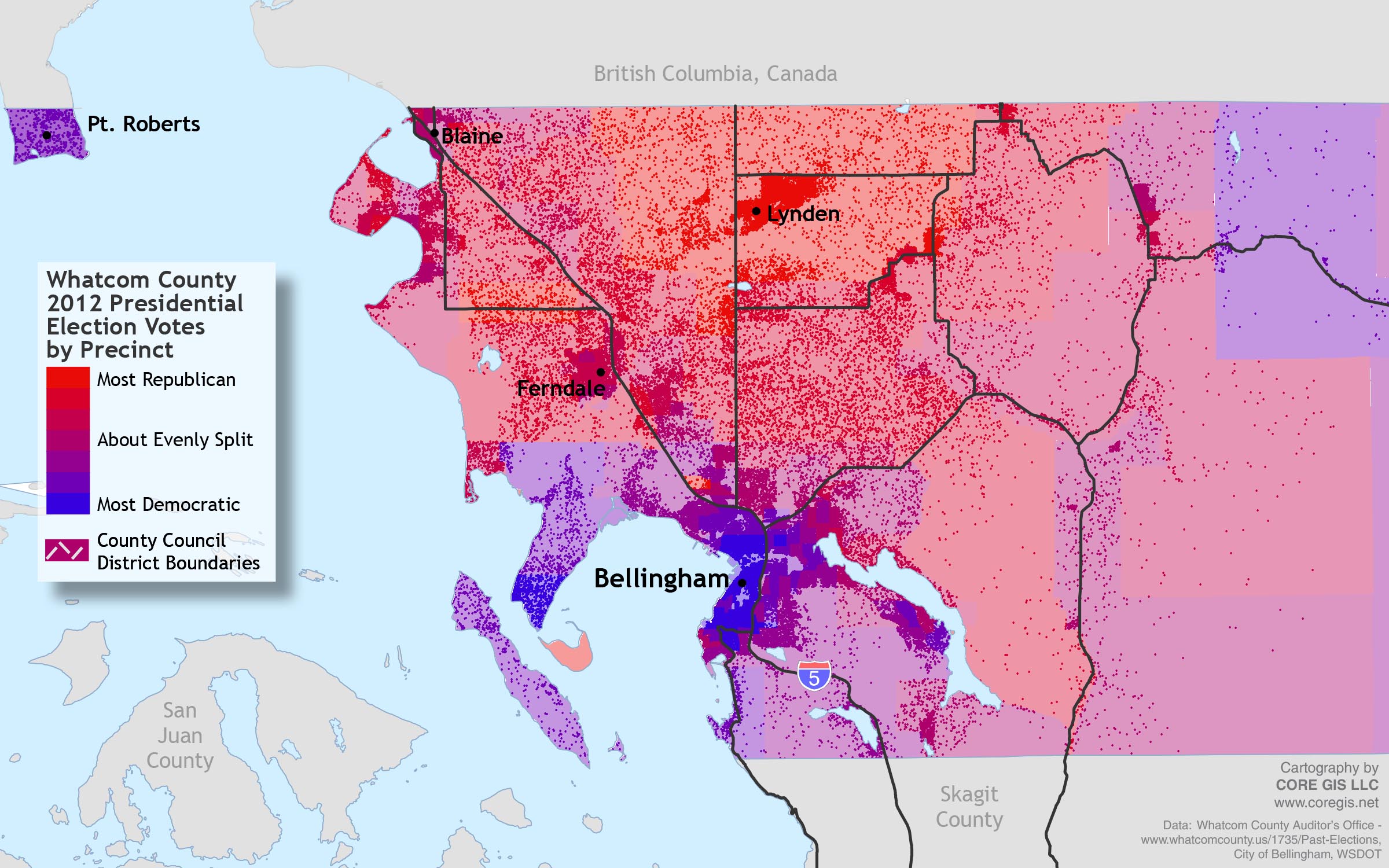[prettyquote align=”right”]”Cascadia voters could steer clear of the perils of district-only voting by choosing the safe harbor of proportional representation.”[/prettyquote] On November’s ballot, Whatcom County voters will see two proposed charter amendments to alter the way they elect county councilors. One would change to district-only voting, and the other would keep countywide voting but switch from three districts to five during primary elections. In my last two articles, I described how district-only voting fails voters while countywide voting serves them better. Despite its abysmal performance, district-only voting lures Cascadian localities with its siren song. Some, like Whatcom, are drawn in when moneyed interests hope to use it to their advantage; others seek it as a supposed cure to an illegal lack of representation (Yakima); while others follow calls for accountability (Seattle) or more geographically diverse representation (Portland). But there is another way. Cascadia voters could steer clear of the perils of district-only voting by choosing the safe harbor of proportional representation. Whatcom voters would have had such an option this fall if conservative members of the Charter Review Commission had not prevented it from reaching the ballot. Localities across Cascadia would do well to pilot towards proportional representation. Voters expect 1) to elect councilors who reflect their views and 2) that the council overall will reflect the views of voters overall. Voters expect 3) councilors to be responsive to concerned citizens and 4) to work together to craft solutions. Finally, voters might hope 5) that regular people, like them, could run for office. Proportional representation delivers.
1. Can I elect one or more councilors who represent my views?
By voting for every council seat and ranking your top candidates, you get the best shot at electing councilors who represent you. Like-minded voters making up 20 to 25 percent of the population can elect a councilor representing their views, so you can get a councilor more closely aligned with your mindset than the watered-down similarities that count as representational when a councilor needs to win 51 percent of the vote, as with winner-take-all voting.
2. Will the council accurately reflect voters?
The map below shows the variety of voters across Whatcom County. As in many parts of North America, more liberal (blue) voters are concentrated in urban areas and more conservative (red) voters in rural areas, and many communities include a mix of both (purple). Proportional representation ensures different voters have a voice on the council, no matter where they live. Liberal voters in Bellingham and elsewhere could band together to elect several councilors. There might even be enough progressive voters to elect a Green Party candidate or a particularly progressive Democrat. Conservative voters could unite to elect several conservative representatives. About 45 percent of Whatcom voters live in rural areas or small cities—if most rural voters banded together, they would be able to elect three rural representatives. Moderate or independent voters across the county might unite in support of an independent councilor.

3. Will councilors be responsive to my concerns?
Every councilor would want your vote—whether as your first, second, or third ranked choice—so all would respond to you.
4. Will councilors work together for the good of the county?
Every councilor would represent voters across the county, so they would work together towards countywide solutions.
5. Will regular people be able to run for office?
Campaign costs might be much the same as they are now: lower for noncompetitive races and low-interest years, but higher for competitive races and years when important issues—like the coal export terminal—hang in the balance. However, there is reason to think that proportional representation voting might make money matter less, creating openings for new blood. And proportional representation creates an opportunity for lesser-known candidates. Under the current system, candidates must win more than 50 percent of the votes countywide, so it is only worth running if you have—or can buy—name recognition throughout the county. In a proportional representation election, a candidate needs only 20 to 25 percent of the votes to win a seat. Potential candidates who don’t feel they can pass the winner-take-all 50 percent threshold might find they are known enough to have a shot at winning 20 percent of the vote.
Steer towards proportional representation
If Cascadian localities are dissatisfied with local elections, they should tack towards the friendly shores of proportional representation—instead of drifting onto the rocky shoals of district-only voting.

Comments are closed.